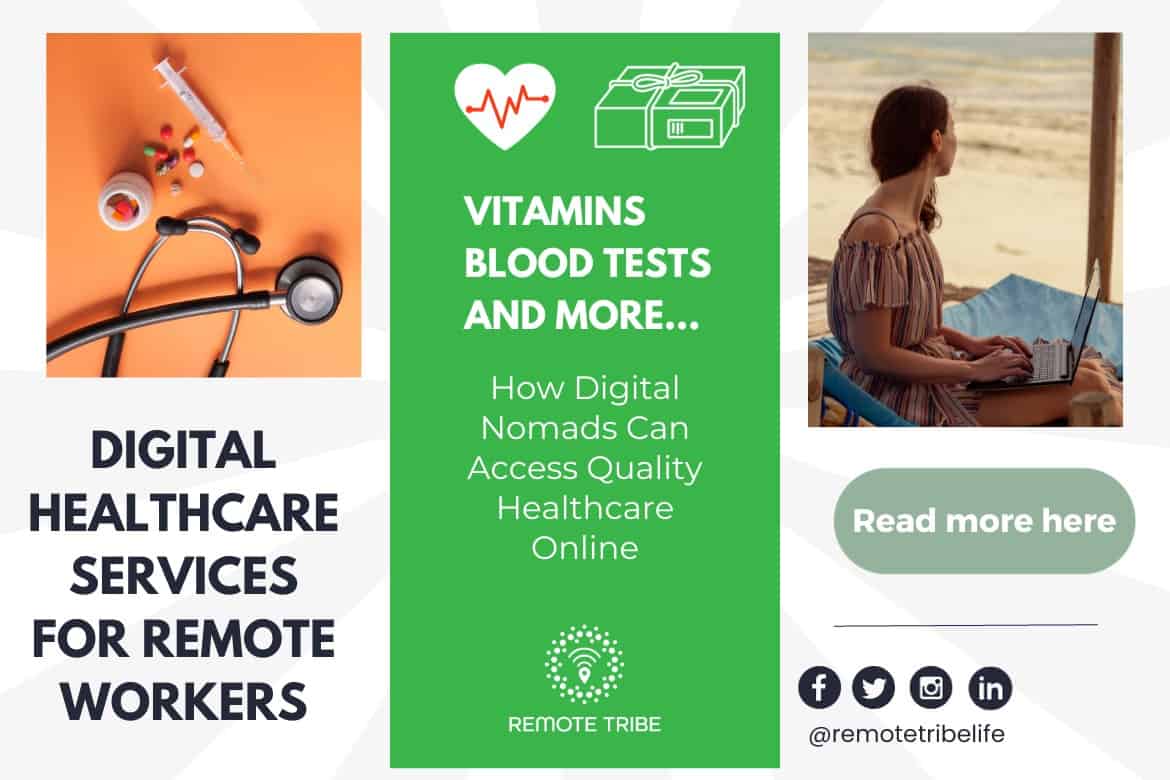Exploring the Development of Subscription Based Healthcare in the Digital Age
Exploring the Development of Subscription Based Healthcare in the Digital Age
Blog Article
Exactly How Subscription-Based Medical Care Is Revolutionizing the Clinical Industry

The Increase of Subscription Healthcare
In the last few years, the medical care industry has witnessed a considerable shift towards subscription-based designs, reflecting more comprehensive customer trends favoring comfort and predictability. This transformation is driven by the boosting demand for more obtainable and customized care remedies. Membership medical care, in some cases referred to as concierge medication or straight key treatment, offers patients a set monthly cost for an array of clinical services, substantially changing standard fee-for-service versions.
The increase of registration healthcare is facilitated by innovations in modern technology, which make it possible for streamlined communication in between clients and service providers - subscription based healthcare. Digital systems and telehealth services have actually become essential, supplying patients the capability to set up consultations, accessibility medical documents, and obtain appointments online. This technological integration not just boosts individual interaction however additionally permits carriers to supply a lot more reliable treatment
In addition, the subscription model straightens with the progressing expectations of people who look for more control over their healthcare expenditures and experiences. By getting rid of the changability of co-pays and insurance coverage claims, subscription-based medical care uses a transparent and uncomplicated method. While this design is acquiring traction, its expansion faces obstacles such as governing obstacles and the necessity for more comprehensive acceptance within the traditional medical care community. Nonetheless, its growing existence notes a turning point in the evolution of health care distribution.
Benefits for Companies and individuals
Subscription-based medical care provides a multitude of benefits for both carriers and clients, reshaping the characteristics of clinical treatment. For patients, this model gives improved access to medical care solutions.
For healthcare service providers, subscription-based versions foster a more sustainable and satisfying method. Administrative jobs are usually structured, reducing overhanging costs and enabling service providers to dedicate more time to person interaction. In general, subscription-based health care lines up the rewards of individuals and suppliers, advertising an extra effective and patient-centered healthcare delivery system.
Secret Functions of the Model
Often, the vital functions of the subscription-based medical care model highlight its unique method to delivering clinical solutions. Central to this version is the concept of predictable, regular monthly repayments, offering people an extensive variety of services without the unpredictability of standard fee-for-service frameworks. This model often includes unlimited access to main treatment services, preventive treatment, and regular exams, making sure that individuals can involve with their doctor proactively instead of reactively.
Furthermore, direct communication channels, such as telemedicine and messaging platforms, are highlighted, enabling individuals to get this page prompt suggestions and examinations without requiring in-person consultations. This improves accessibility and convenience, especially for individuals with wheelchair restrictions or those living in remote locations. The design also cultivates stronger doctor-patient partnerships, as health care providers are incentivized to concentrate on long-lasting health outcomes as opposed to temporary gos to.
Furthermore, subscription-based healthcare often integrates technical technologies, such as electronic health records and health and wellness monitoring apps, to provide reliable and individualized treatment. Clients take advantage of collaborated and continual treatment management, which is customized to their certain health requirements. Ultimately, these functions jointly develop a patient-centered health care experience, focusing on access, cost transparency, and preventive treatment.

Obstacles and Factors To Consider
While the subscription-based medical care model provides numerous advantages, it is not without its challenges and considerations. One significant difficulty is ensuring fair gain access to. Membership versions may accidentally prefer those with greater socioeconomic condition, possibly widening differences in health care accessibility for lower-income people that may fight with monthly charges. This increases honest issues about inclusivity and equity in medical care distribution.
An additional difficulty hinges on governing conformity. Subscription-based medical care must browse a complex web of regulations that vary by region, including problems around individual privacy, information defense, and state licensing demands. Guaranteeing conformity without hindering the design's flexibility and innovation can be daunting for service providers.
In addition, there is the risk of overutilization read review or underutilization of services. Clients paying a taken care of charge might overuse services, bring about raised functional prices, while others could underutilize due to be afraid of burdening the system, possibly ignoring required care.
Future Leads and Innovations
The landscape of subscription-based healthcare is poised for improvement via arising technologies and developing leads. As modern technology proceeds to advance, the combination of expert system and machine learning provides significant possibilities to boost diagnostic precision and enhance person management. Anticipating analytics can change precautionary care by identifying potential wellness risks before they manifest, consequently lowering both expenses and the worry on medical care systems.
In addition, telemedicine is readied to increase within membership designs, offering people increased access to healthcare experts despite geographical restraints. This not just promotes continuity of treatment but additionally encourages individuals to involve more proactively in their wellness monitoring. In addition, blockchain innovation supplies potential in protecting patient data and guaranteeing interoperability throughout systems, fostering trust and transparency.
The growth of individualized medicine is another frontier, with registration versions offering a special structure for supplying customized wellness solutions. Genetic testing and personalized treatment plans can be flawlessly integrated, straightening client needs with details medical interventions. Moreover, partnerships between tech companies and doctor are likely to yield innovative options, enhancing person experiences and end results. As these potential customers materialize, subscription-based medical care has the prospective to redefine just how treatment is supplied and accessed.
Final Thought
Subscription-based medical care is changing the clinical market by providing a more accessible, foreseeable, and patient-centered approach to medical solutions. This design improves patient-provider connections, guarantees monetary openness, and highlights precautionary redirected here care via unlimited appointments and telemedicine. In spite of obstacles such as regulative difficulties and prospective variations in accessibility, the membership model holds guarantee for a more reliable and tailored medical care experience. As technology breakthroughs, additionally innovations are most likely to address existing difficulties and optimize health care shipment.
Registration healthcare, in some cases referred to as concierge medication or direct primary care, uses people a set monthly fee for an array of clinical services, dramatically modifying traditional fee-for-service versions.
Moreover, the subscription design aligns with the developing assumptions of patients who seek even more control over their healthcare costs and experiences. For clients, this design offers boosted accessibility to medical care services. Generally, subscription-based medical care straightens the rewards of people and service providers, promoting a much more patient-centered and efficient medical care shipment system.
Moreover, telemedicine is set to expand within subscription versions, offering patients enhanced access to health care specialists no matter of geographical constraints. - subscription based healthcare
Report this page